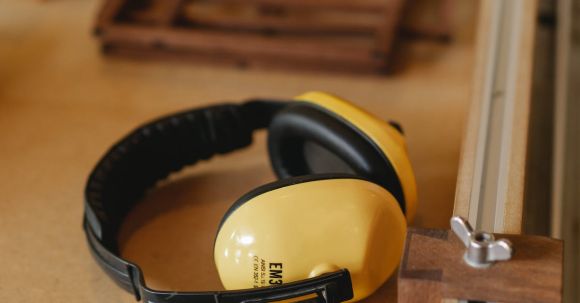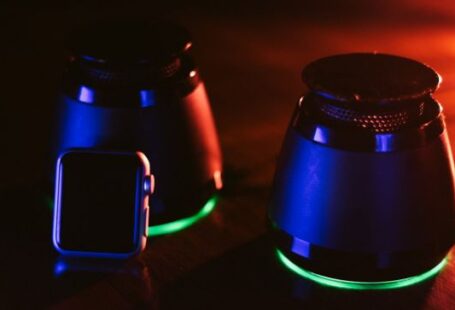Noise-canceling headphones have become increasingly popular in recent years, offering a way to escape the hustle and bustle of the outside world and immerse oneself in music or just enjoy some peace and quiet. But have you ever wondered how these headphones are able to block out unwanted noise? In this article, we will explore the fascinating technology behind noise-canceling headphones and how they work.
Understanding the Basics
To understand how noise-canceling headphones work, it is important to first grasp the concept of sound waves. Sound waves are vibrations that travel through the air and enter our ears, allowing us to hear various sounds. These waves have different frequencies and amplitudes, which determine the pitch and volume of the sound.
Active Noise Cancellation
The key to noise-canceling headphones lies in their ability to actively cancel out unwanted noise. They achieve this through a process called active noise cancellation (ANC). ANC involves the use of microphones and sophisticated circuitry to detect and counteract external sounds.
Microphones and Sound Analysis
Noise-canceling headphones are equipped with microphones that capture the ambient sounds around you. These microphones analyze the sound waves and identify the frequencies and amplitudes of the unwanted noise.
Inverse Sound Waves
Once the unwanted noise is analyzed, the headphones generate sound waves that are the exact opposite of the incoming noise. These inverse sound waves, also known as anti-noise, are then played through the headphones’ speakers.
The Principle of Destructive Interference
When the inverse sound waves meet the original sound waves, they create a phenomenon known as destructive interference. This occurs when two waves with opposite phases cancel each other out, resulting in a reduction or complete elimination of the sound.
Adaptive Noise Cancellation
Some noise-canceling headphones take things a step further with adaptive noise cancellation. This technology constantly adjusts the anti-noise signals based on the changing sound environment. By continuously monitoring the sound waves, the headphones can adapt their cancellation settings to effectively block out different types and levels of noise.
Passive Noise Isolation
In addition to active noise cancellation, noise-canceling headphones also provide passive noise isolation. This is achieved through the physical design of the headphones, which helps to block out external sounds even without the ANC technology.
Closed-Back Design
Most noise-canceling headphones feature a closed-back design, which means that the ear cups are sealed and do not allow sound to pass through easily. This design creates a physical barrier that prevents external noise from reaching your ears.
Comfort and Fit
To maximize passive noise isolation, noise-canceling headphones are often designed to fit snugly over your ears. The tight seal created by the ear cups helps to block out external sounds, allowing you to enjoy your music without distractions.
Conclusion: A Peaceful Listening Experience
Noise-canceling headphones have revolutionized the way we listen to music and enjoy audio in noisy environments. By combining active noise cancellation and passive noise isolation, these headphones provide a peaceful listening experience, free from the distractions of the outside world. Whether you’re a frequent traveler, a busy professional, or simply someone who appreciates high-quality audio, noise-canceling headphones are a must-have accessory. So the next time you put on your noise-canceling headphones, take a moment to appreciate the remarkable technology at work, allowing you to escape into your own world of sound.




